Cinnamon, Cold Hands, and the Exposure Lesson I’ll Never Forget
The Berlin Shot That Finally Made Exposure Make Sense
— Even if I never actually got the shot
It was Sabrina and I’s first trip since getting married — our city break — squeezed in between Christmas and New Year 2023, because we simply couldn’t wait for the honeymoon.
Berlin in December is no joke. ❄️ It was cold. The kind of cold that seeps into your fingers and fogs up your viewfinder. But the city made up for it in atmosphere: twinkling lights, buzzing Christmas markets, and the unmistakable smell of Glühwein drifting through every square. (Along with cinnamon — which, for the record, I can’t stand. But I was willing to suffer for the sake of festive vibes. 🎄)
This wasn’t just a sightseeing trip. I’d deliberately packed my camera with a clear plan in mind: capture the atmosphere for Sabrina’s content, but also document our city break properly. We’d never been to Berlin together, and I wanted more than just phone snaps. I wanted to come home with images that felt like the city — cold but vibrant, historic but alive.
So I did what any overexcited photographer does before a trip — I planned a photo route. 🗺️ A hit list of locations I’d seen online, in blogs, or on Instagram. There were the famous murals at the East Side Gallery. The stark geometry of the Holocaust Memorial. The gritty textures near Checkpoint Charlie. (Sadly not the Brandenburg Gate — Berlin’s New Year’s Eve party takes over the whole plaza, and the stage scaffolding had already taken the spotlight. Gutted.)
But top of my list? The Oberbaum Bridge.
The bridge itself is hard to miss — all deep red brickwork, spiky gothic towers, and sweeping arches stretching across the River Spree. It’s bold. Almost medieval-looking. 🧱 But what really makes it special is the train.
A bright yellow U-Bahn line crosses the top of the bridge like clockwork — and with the right timing and a long exposure, that train becomes a perfect blur of motion, slicing through the heavy architecture like a streak of energy ⚡.
I’d seen similar shots before — bold, clean, full of contrast — and I knew the elements were all there: the bridge, the train, the light (hopefully).
But I hadn’t yet realised how much of the work still had to come from me.
The Dream Photo
The plan was simple: breakfast, grab the camera, bridge.
(With another coffee on the way — obviously. ☕)
We were staying in West Berlin, so the day began with a bit of a journey — hopping on the U-Bahn and heading east, past graffiti-stained concrete and colourful murals, until we reached the East Side Gallery. From there, it was just a short walk along the river to the Oberbaum Bridge.
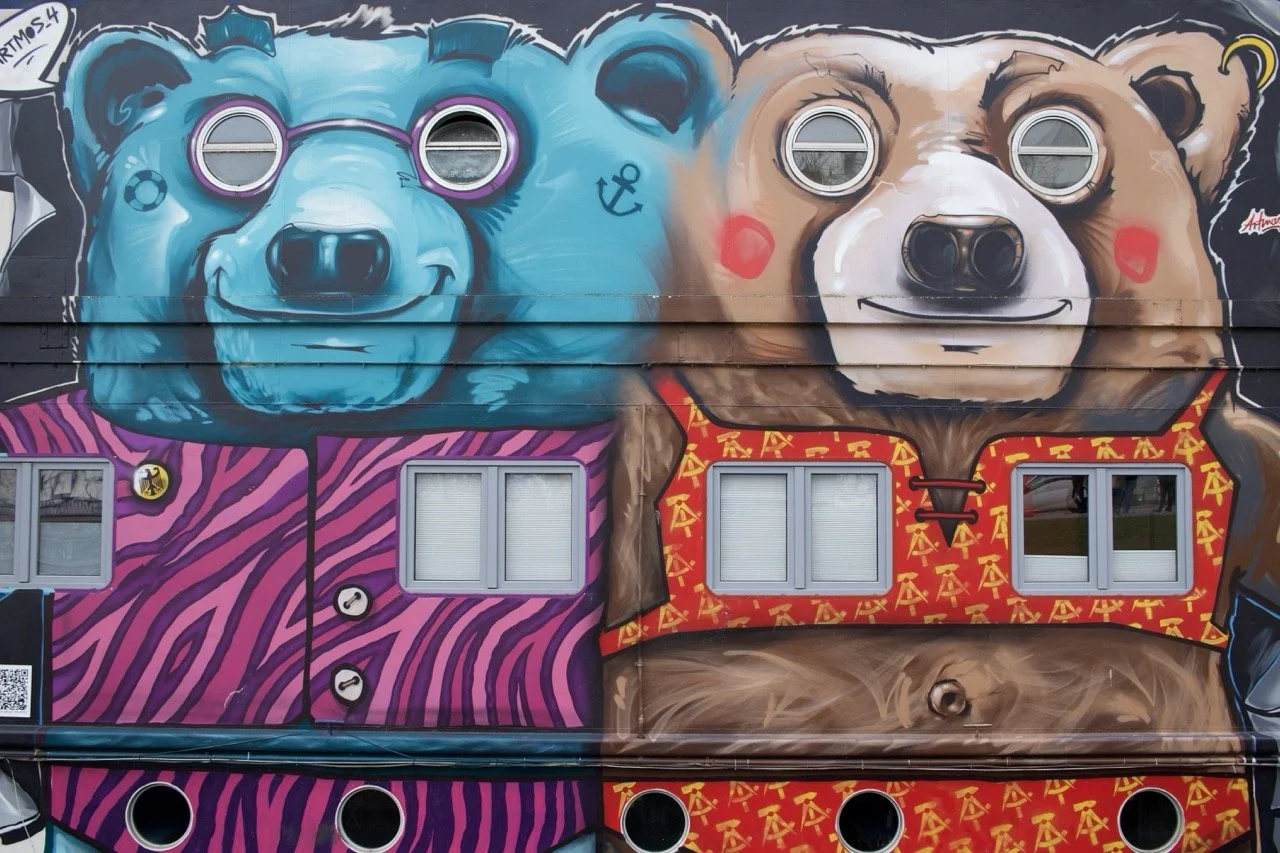
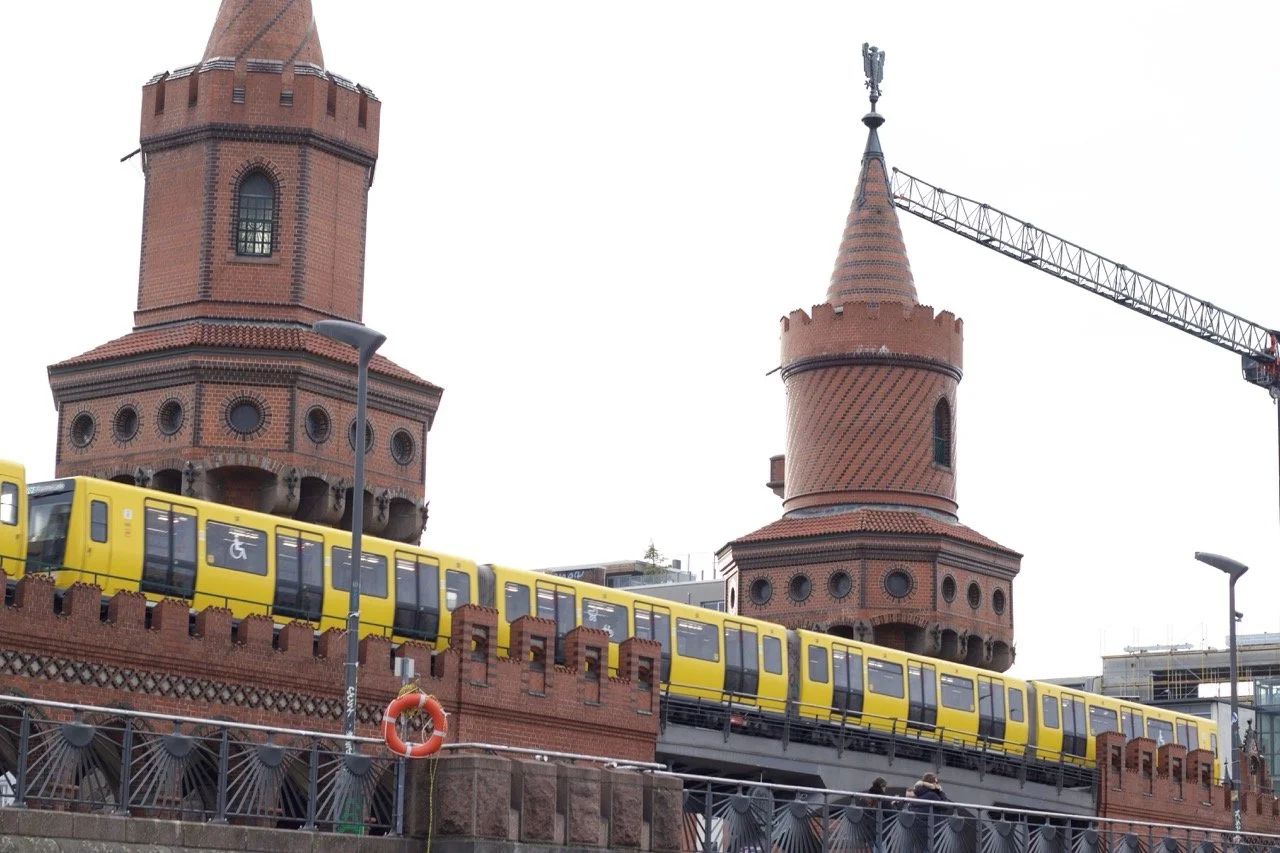
And that’s where I paused.
It was around 10am, cold enough that I’d already lost feeling in two fingers 🥶, but I was buzzing. The sky was full of snow — not falling, just… waiting. A thick, pale blanket above the city. The light was flat, sure, but there was atmosphere. That kind of cinematic mood you tell yourself you’ll figure out in post.
This was the first stop on the photo list, and I’d been looking forward to it most.
The Oberbaum Bridge has such a distinctive look — all gothic red brick, spiky towers, and solid presence. It doesn’t just cross the River Spree. It owns it. But what really drew me in was the contrast: the bright yellow U-Bahn slicing across the top. 🚆
I’d already decided on my angle — from the quieter side of the river, away from the wall-side tourists and distractions. Clean lines, full view of the bridge, room to breathe. That yellow streak running through the scene like it belonged there.
I’d brought my Gorillapod (which, at the time, felt like enough) and had just bought a variable ND filter. I didn’t have exact settings in mind — it was all trial and error, really. All I knew was: if I wanted blur, I needed a longer shutter speed. And if I wanted a longer shutter speed in daylight, I needed that ND filter. Simple enough in theory. A headache in practice. 🧠
But I was hopeful. The bridge looked incredible. The trains were running often. And the frame in my head? It was already perfect.
Everything felt lined up.
I just didn’t realise how much could still go wrong.
The Reality – What Went Wrong
Turns out, visualising the photo was the easy part.
Actually taking it? That’s where the wheels came off.
I had the scene in front of me — the bridge, the train, the sky… which was just one big, featureless sheet of white. White on white on white. Not the dramatic snow-filled backdrop I’d imagined — more like a blank page. Not exactly helpful — but we were here. I had to try. 🤷♂️
Camera balanced on the Gorillapod, filter dialled in, finger hovering over the shutter. And then the first train came.
Click.
I checked the screen, and straight away something felt off.
The bridge was too dark. The sky was blown out. The yellow train wasn’t glowing — it was a washed-out blur with no real presence. The balance I’d imagined was completely missing.
So I tweaked.
Dialled back the ND. Changed the angle slightly. Tried again. Then again. And again.
Still no good.
Every shot had something wrong — either the highlights were clipped, or the shadows were crushed. Some exposures were just way off. Others were close, but nothing felt right. I didn’t trust the histogram (not that I really knew how to read it back then), and I kept second-guessing myself with every click.
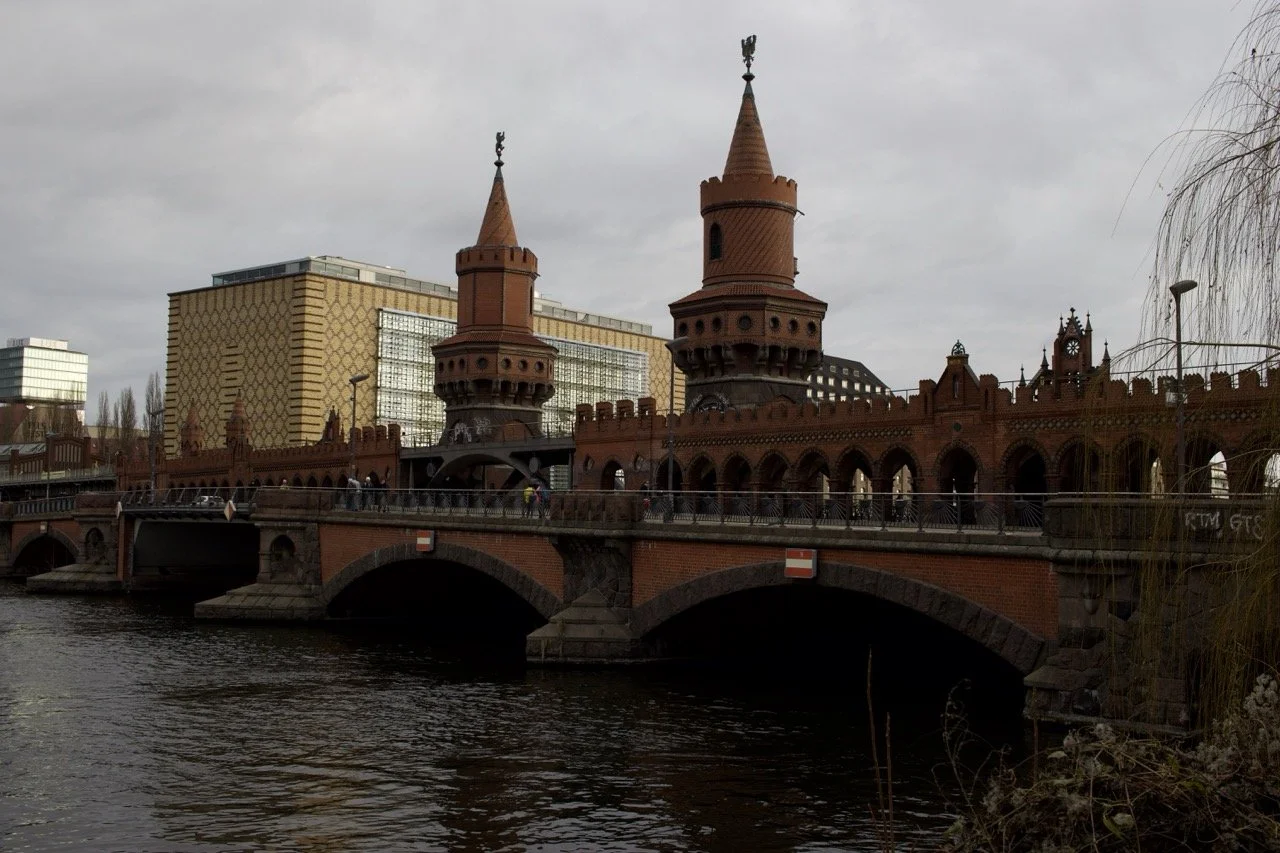
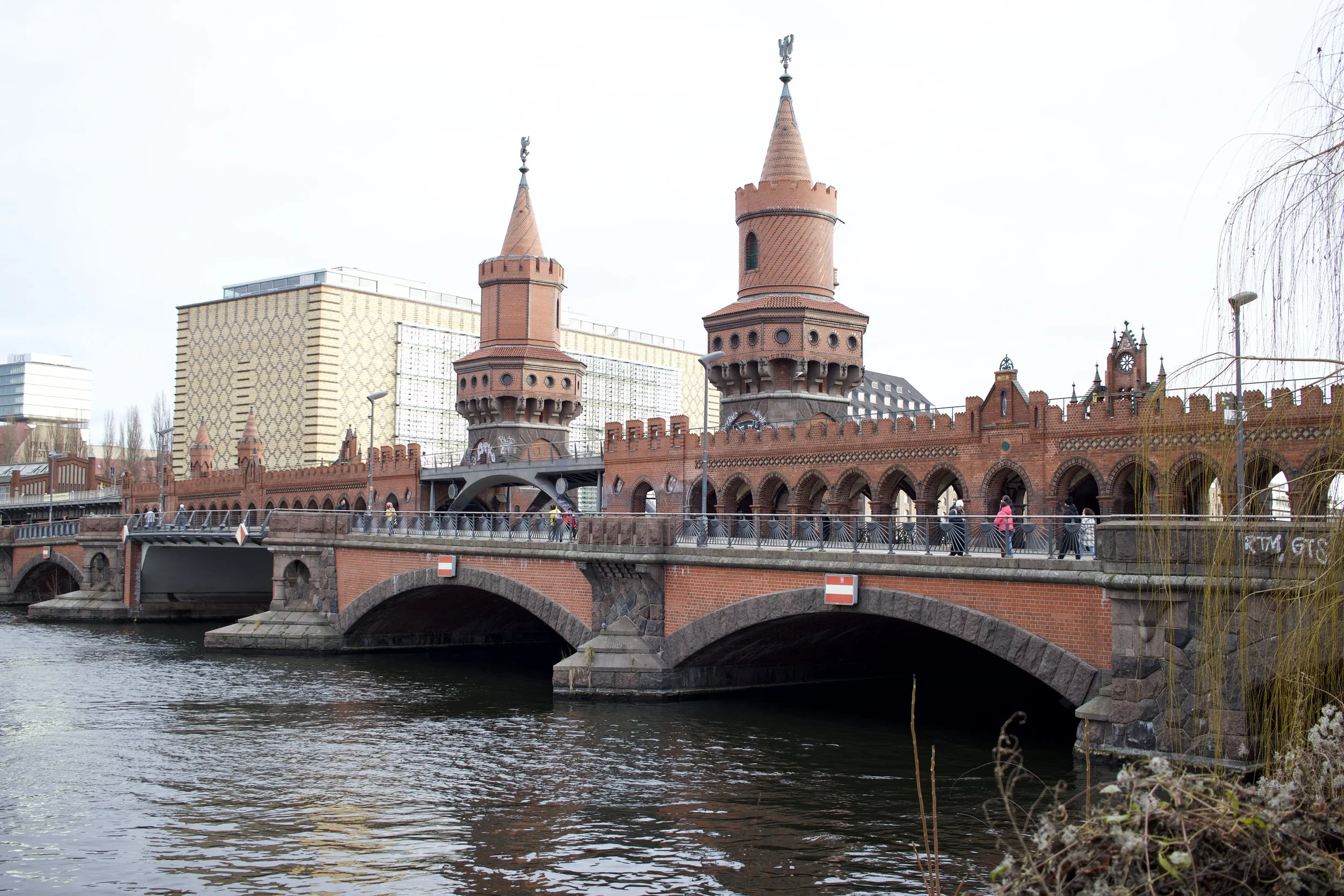
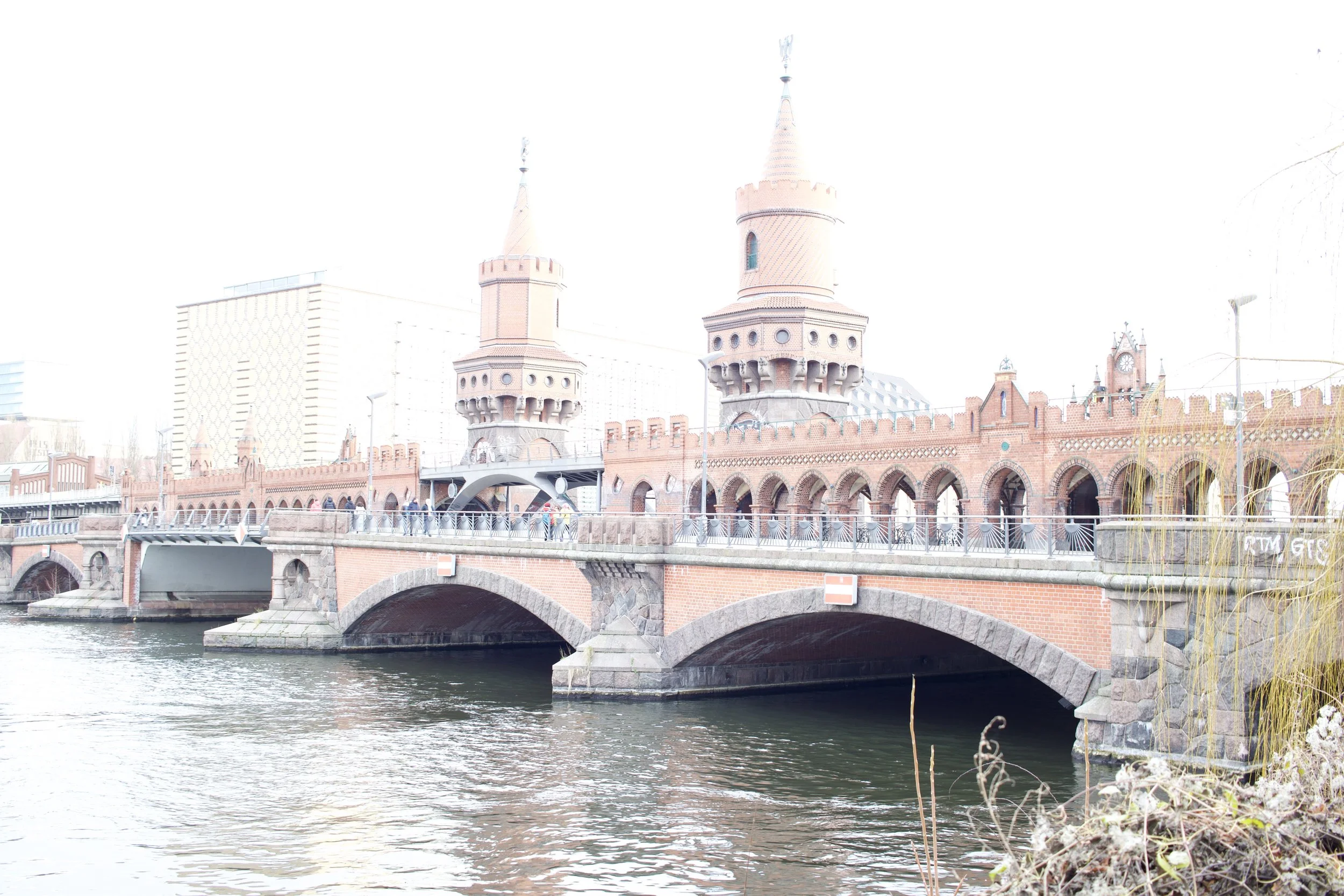
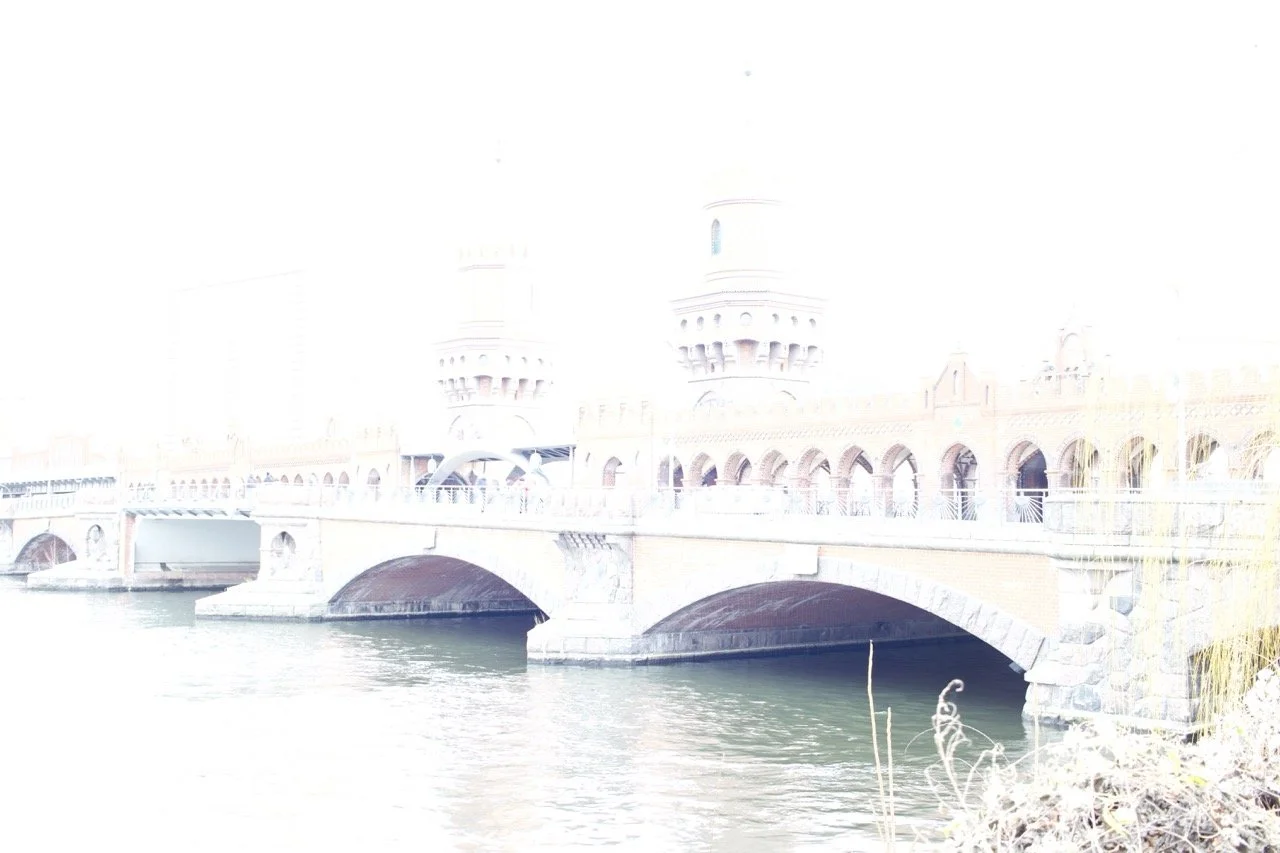
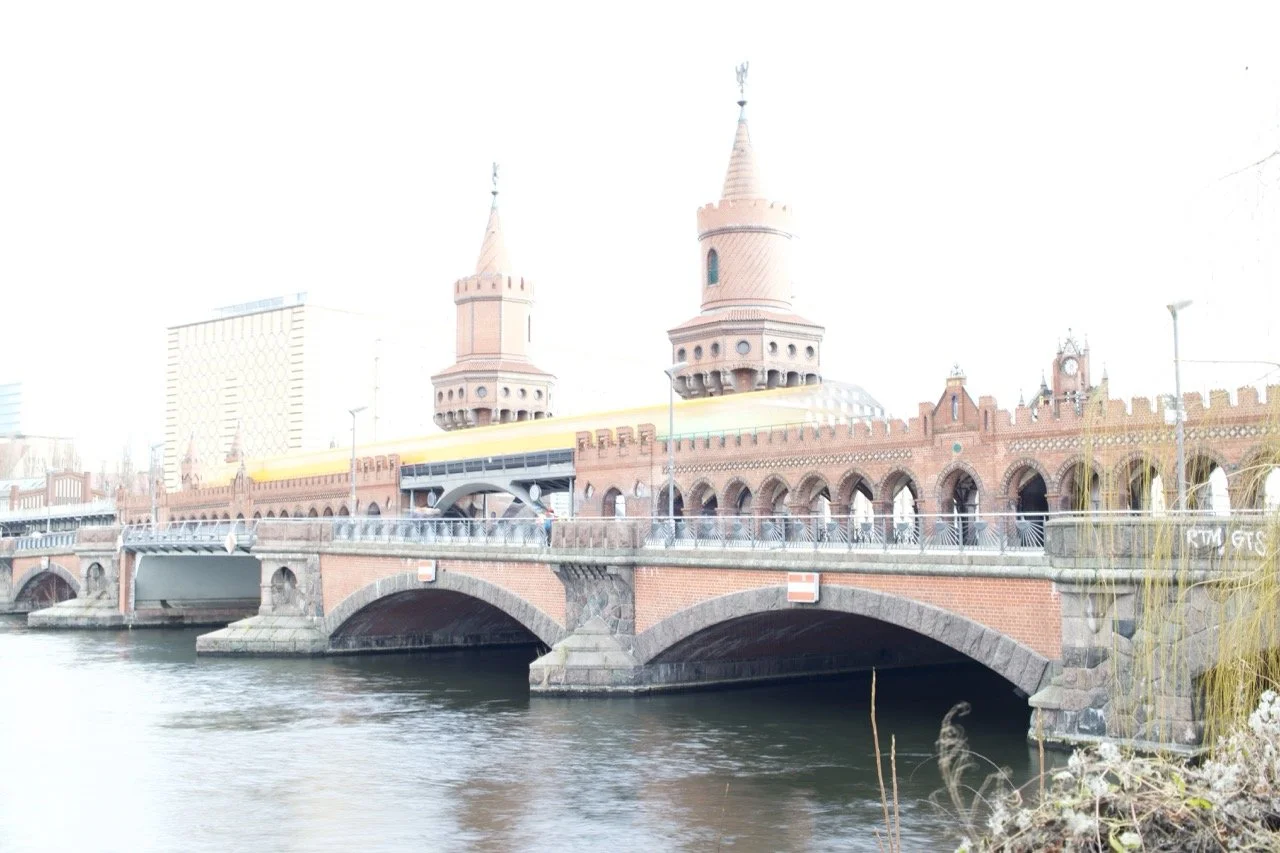
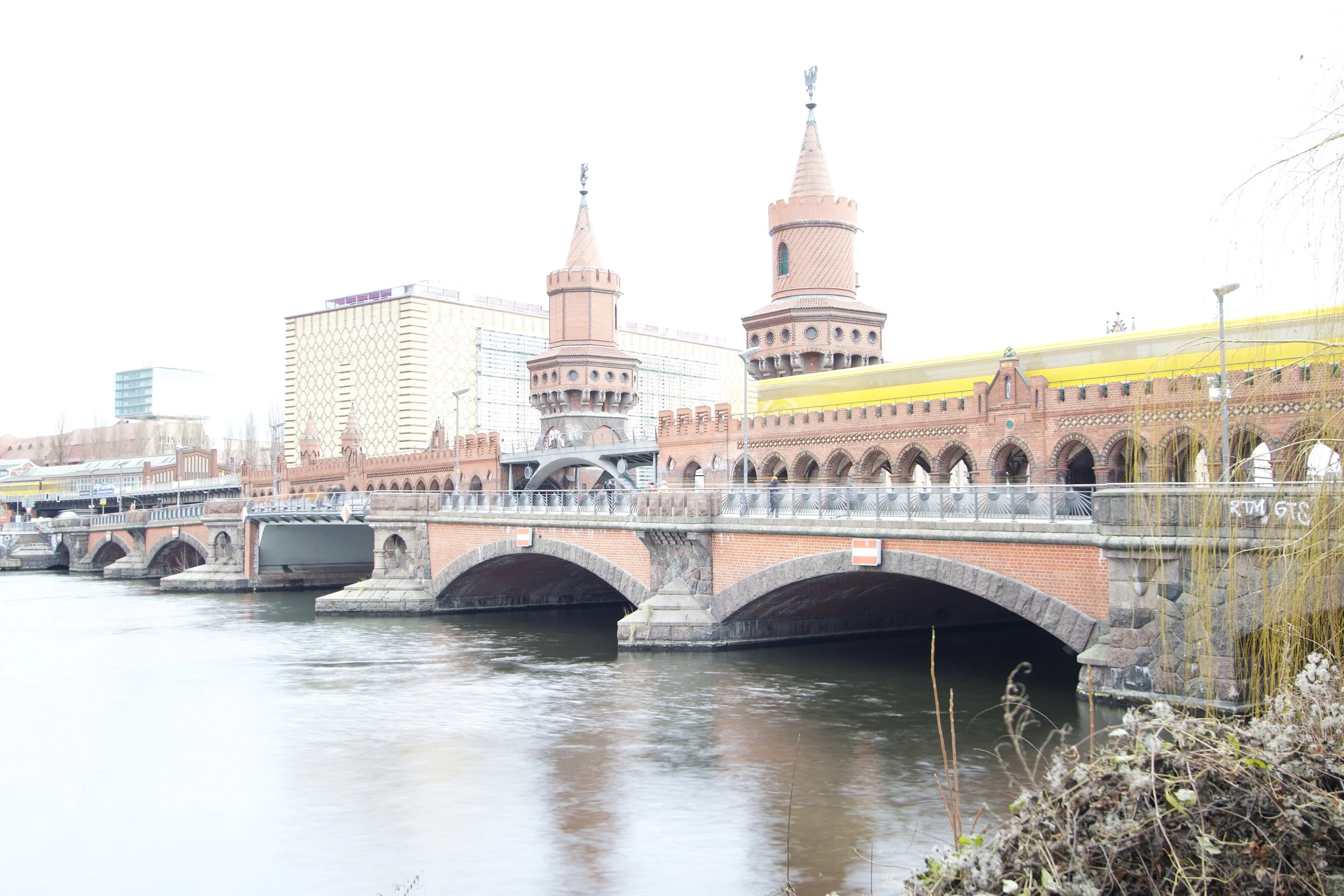
The light wasn’t helping. The sky couldn’t have been worse — just a solid, unrelenting block of white. ☁️ No contrast. No drama. Nothing to work with. I kept adjusting things, hoping to pull some detail from somewhere, but there was just nothing there.
And that variable ND filter? Might as well have been a roulette wheel. 🎰 One twist too far and the image went black. Not enough, and the shutter wasn’t slow enough to blur the train properly. I just didn’t have the experience yet to use it with any kind of confidence.
Add to that: frozen fingers, creeping frustration, and tourists casually strolling into frame at exactly the wrong moment. Every time I got close to something usable, something else knocked it off course.
What frustrated me most was that I couldn’t tell whether the issue was the settings, the light, the gear — or me. I kept staring at the back of the camera thinking, this should be working.
But it wasn’t. Not even close.
The Lightbulb Moment
That evening, back at the hotel, we found a quiet spot in the bar to warm up, decompress, and — naturally — go through the photos.
Sabrina had her hot chocolate. I had a German beer. 🍺 And my mood? Somewhere between disappointment and mild photographer’s existential crisis. I’d downloaded the files to my laptop and was flicking through them, grumbling to myself about how flat and lifeless they looked. I had the kit. I had the filter. I knew what I wanted. So why didn’t it work?
I must’ve been more vocal than I thought, because the man at the next table leaned over and asked — in perfect English — “Photographer?”
I nodded. Sort of. Trying to be.
He introduced himself, and it turned out he used to be a photographer back in the day — proper studio stuff, film cameras, years of experience. And with that kind of gentle, been-there tone, he asked if I wanted some advice.
Of course I said yes. And over a second beer, he gave me the line that I haven’t forgotten since:
👉 “Your camera doesn’t know the subject. It only knows the light.”
At first, I probably gave him the same look you’re giving now.
But then he pulled out his phone and showed me a few of his own photos — some great, some intentionally overexposed, some under — and explained what he meant.
Your camera doesn’t know you’re trying to photograph a yellow train. It doesn’t care about the bridge. It has no concept of what matters in the frame. It sees tones. Brights and darks. It evaluates what it thinks is “correct” based purely on light — and if your subject happens to be the brightest thing, or the darkest thing, or set against an all-white sky? Good luck.
And suddenly, it clicked.
Not the shutter — my understanding.
It didn’t stop me blaming the camera entirely (we’ve all shouted “what the hell is wrong with you?” at a piece of plastic at least once 😅), but it helped me realise how passive I’d been. I was relying way too much on Auto mode, hoping the camera would figure it out. That it would just “know” what I was trying to do.
It didn’t. It never will.
I started to see that I needed to be more involved in making the photo — not just taking it.
And that one line changed the way I shoot.
📸 How I’d Shoot It Now (And How You Can Too)
If you’re trying to capture this kind of motion-blur daytime shot — like the yellow train crossing the Oberbaum Bridge — here’s what I’ve since learned works well:
• Use a proper tripod. A Gorillapod can work in a pinch, but a full tripod gives you confidence and consistency.
• Shoot in Manual Mode. ISO 100. Aperture around f/8–f/11. Shutter between 1/4 and 1 sec for smooth blur — experiment to taste.
• Use a variable ND filter. Rotate to get the exposure low enough for that slower shutter, even in daylight.
• Check your histogram. It’ll tell you the truth about what’s blown or crushed — the screen lies, especially in bright conditions.
• Use a 2-second timer or remote. Minimise camera shake — especially if your tripod is doing a slightly dodgy balancing act.
• Meter for the highlights. That just means telling your camera what part of the frame it should base its exposure on. In bright conditions, expose for the sky — otherwise it turns into a white mess. You can usually bring back the darker areas later when you edit, but once the sky’s blown out, it’s gone.
(These days, I actually tend to underexpose slightly on purpose — just to keep the details safe.)
If any of that sounds confusing — or you’re not sure what setting does what — feel free to drop me an email or leave a comment below. Always happy to explain it in plain English. 💬
For the Photographers
If you’ve ever stood there — cold, confused, convinced your camera’s broken because the shot in your head isn’t appearing on your screen — trust me, I’ve been there.
And if you’re still in that phase where you’re relying on Auto, or just hoping the camera “gets it” — here’s the truth no one tells you early on:
👉 Your camera doesn’t understand what’s important in the frame.
It only understands the light.
Once you learn to see what it sees — and take control of what it doesn’t — everything changes.
Final Thought
It’s easy to look back on that Berlin shoot now and spot the problems — the light, the timing, the settings, the sky that looked like a blank sheet of printer paper 🖨️. But at the time, I was doing my best with what I knew. And that’s what makes moments like this matter.
They’re uncomfortable. Frustrating. Sometimes a bit embarrassing.
But they stick.
That one line in a Berlin hotel bar taught me more about exposure than any tutorial I’d watched up to that point. It wasn’t technical. It was mindset: Stop expecting the camera to understand the subject. Start learning how to understand the light.
And while I’ve come a long way since then — I’ll be the first to admit I still mess it up. I still misread a scene. Still forget to check the forecast. Still underestimate just how much slower that shutter speed needs to be. In fact, it was only this weekend I ruined an entire shoot by trying to shoot handheld with a new lens — and realised too late that the shutter speed just wasn’t cutting it. 🤦♂️
But the difference now? I know why it didn’t work.
And that means next time…
I’ll be ready, not just hopeful.



